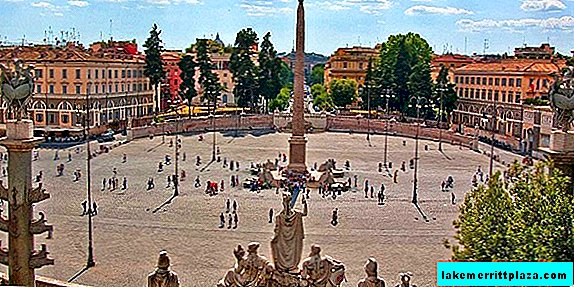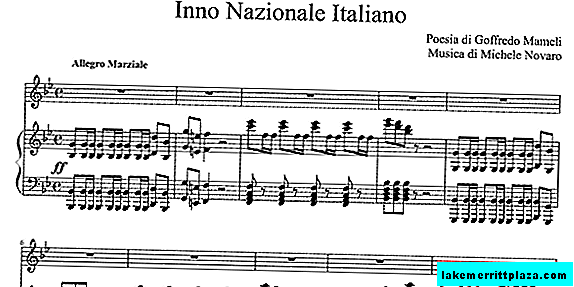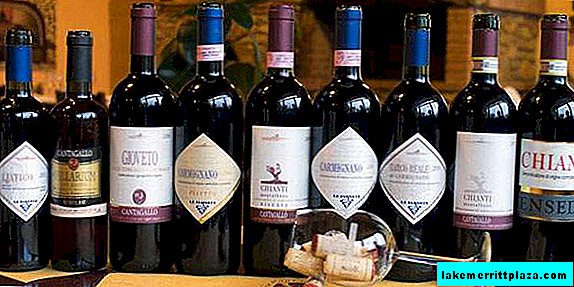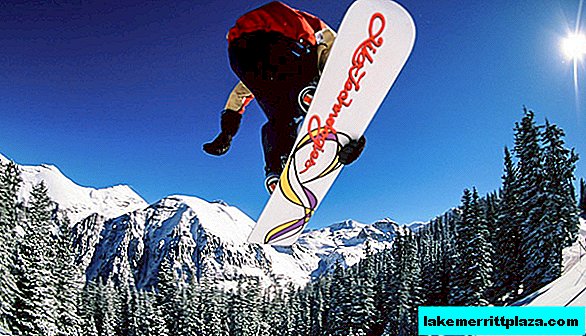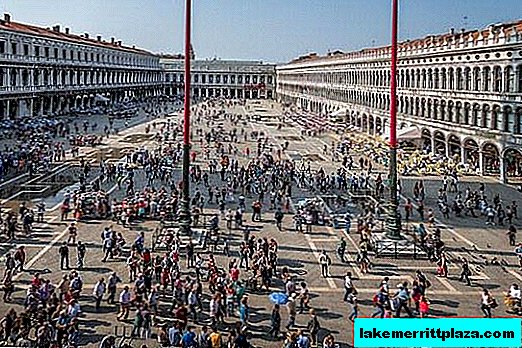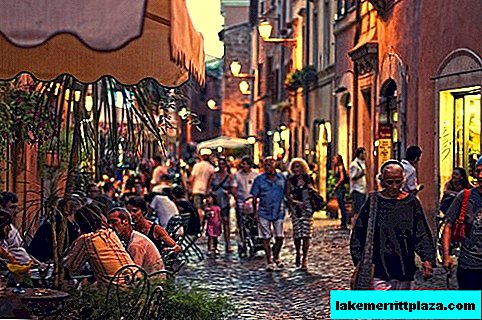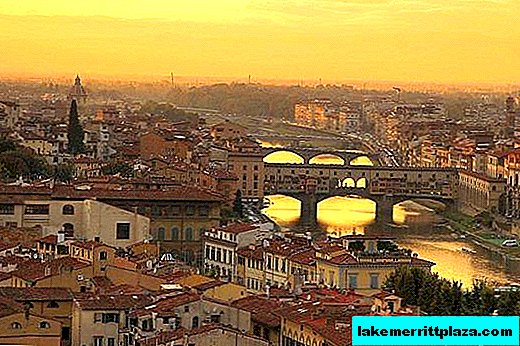In the very center of northern Italy in a region called Veneto, on the shores of the picturesque Lake Garda, there is a small commune, Malcesine. The city attracts tourists with bright colors, clean mountain air and stunning lake views. The symbol and the main attraction of this small resort place is the medieval Malcesine Castle. It stands on a steep slope above the lake and is surrounded by beautiful panoramas.
Castle history
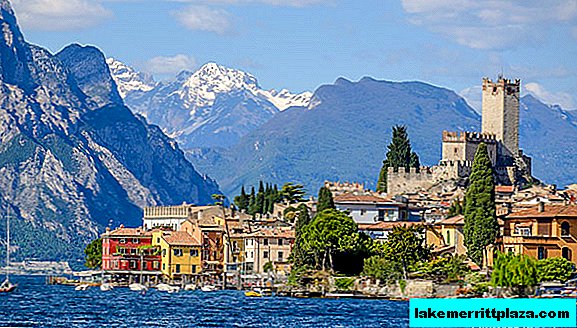
According to historical studies, the first building on the site of the modern castle Malcesine was erected back in ancient times (at the end of the 1st millennium BC). Subsequently, already with the advent of the Lombards in Italy, a fortress was built on this site. She has repeatedly undergone global restructuring and reconstruction.
After the Franks, the castle was captured by the Hungarians and for some time belonged to the Bishop of Verona. At the end of the 13th century, it was bought out by one of the Scaliger family - Alberto de Scala. The Malcesine castle belonged to his family for more than 100 years, which is why he got the second name - castle of Scaligero (Castello Scaligero).
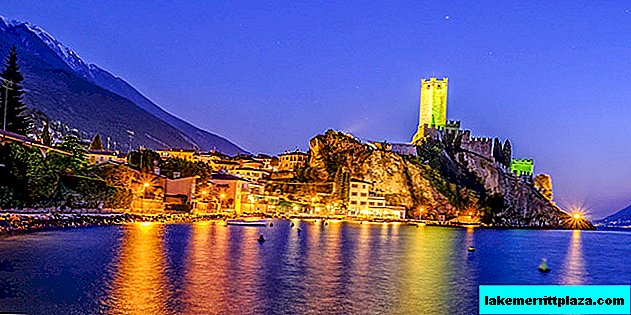
Subsequently, the building passed to the Visconti family (Visconti). From them to the Venetian Republic and further under the authority of the Holy Roman Empire until the end of the 18th century. Not long the castle belonged to the French, and after the defeat of Napoleon, it was already Austrians who made a considerable contribution to the restoration of the medieval fortress. In 1866, Italy was unified, and the shores of Lake Garda returned to the Italians. And in 1902, Malcesine Castle was given the status of a national architectural monument.
Scaliger Castle Wedding
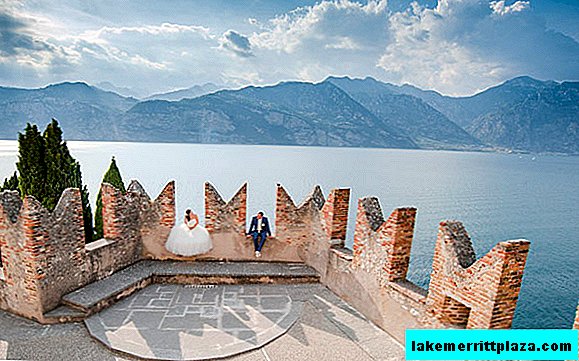
In recent decades, holding a wedding ceremony in the castle has become especially popular. The mild climate makes the city a great place to visit at any time of the year. But it is especially good to visit there in spring or autumn. It is not in vain that couples in love from all over the world try to come here just at this time to play a wedding in the romantic scenery of the old castle. At the peak of the wedding season, the castle hosts up to 10 wedding ceremonies per day.
Wedding events can be carried out at one of the three proposed premises. The first, for small receptions, seats about 40 people. This small room offers magnificent views of Lake Garda. The second option is designed for 70 guests. The walls of this hall are decorated with white stone, and it is located in the castle tower. As a third option for a wedding ceremony, a terrace is offered. It is located on the lake side and is capable of marking 80 people.
Museum of Natural History
Today, the Natural History Museum operates on the territory of the castle. It presents visitors with interesting archaeological finds related to the history of the castle and the city as a whole. One of the sections of the museum is dedicated to Johann Goethe.
This famous person visited the city during his travels in Italy from 1813 to 1817. Here you can see the original notes, which describe the castle, accompanied by sketches made by the hand of the famous writer. To sketch a military object at that time, Goethe actually risked his life. Taken as a spy, he was even arrested. But the publication of "Italian Travel" brought the castle of Malcesine European fame.
Museum of the History of Lake Garda and the Baldo Mountain
In May 2008, 9 rooms of the former fortress barracks were occupied by the Museum of the History of Lake Garda and Mount Baldo. The museum operates daily from 9-30 to 19-30. The cost of an adult ticket is 6 euros, children (6-13 years) - 2 euros.
- The first hall is called "Depth." It immerses visitors in the very middle of the lake, cutting it off from the outside world and allowing you to look at the largest lake in Italy from a completely different side.
- The second room is called "Chronology." It, with the help of special illumination, demonstrates the complete process of the geological formation of Mount Baldo, which took place over billions of years.
- The third room is "Lake Stratigraphy". In it you can see the wildlife that surrounded the lake earlier. And in relatively small aquariums there are some species of fish that lived in the lake.
- The fourth hall - "In the reeds." It housed lake representatives of flora and fauna in their natural habitat.
- The fifth hall - "Landscape". Allows you to explore the nature of Mount Baldo.
- Sixth Hall - "Restaurant". Allows visitors to relax and unwind while enjoying the original menu.
- Seventh Hall - "History". The exposition of this hall presents the works of famous people engaged in research on the shores of Lake Garda and at the foot of Mount Baldo.
- The eighth hall - "High mountains". Here are representatives of the mountain fauna.
- The ninth hall provides an opportunity to leave a review and express your impressions of viewing the presented expositions.
Up-to-date information on opening hours and cost of visits can be found on the museum’s official website: www.malcesinepiu.org/lake-garda/the-castle.html.
The castle is surrounded by monumental battlements. In the lower part of the fortress, an old amphitheater has been preserved. It often holds chamber concerts. The most beautiful view of Lake Garda and the nearby mountains opens from the balcony of the main 24-meter tower.

